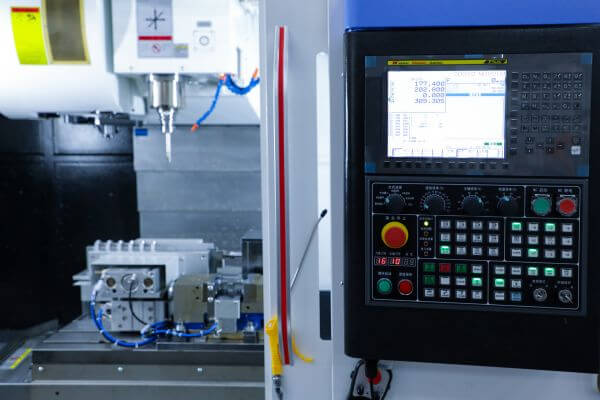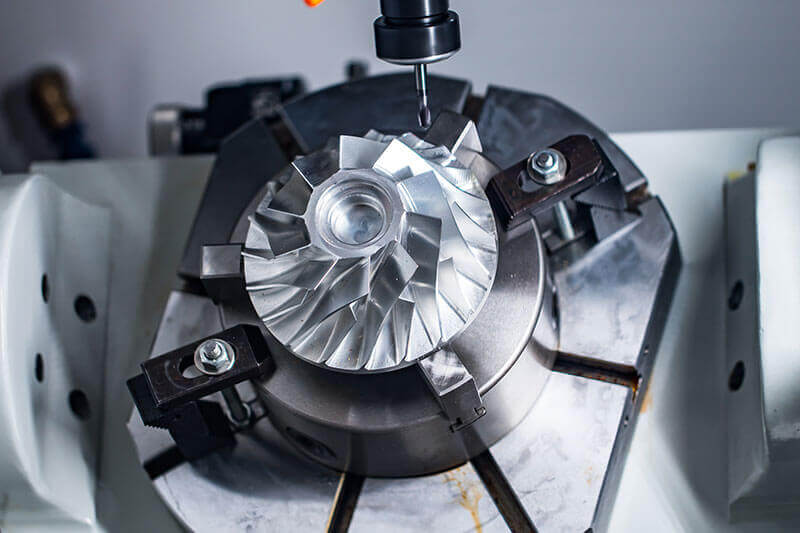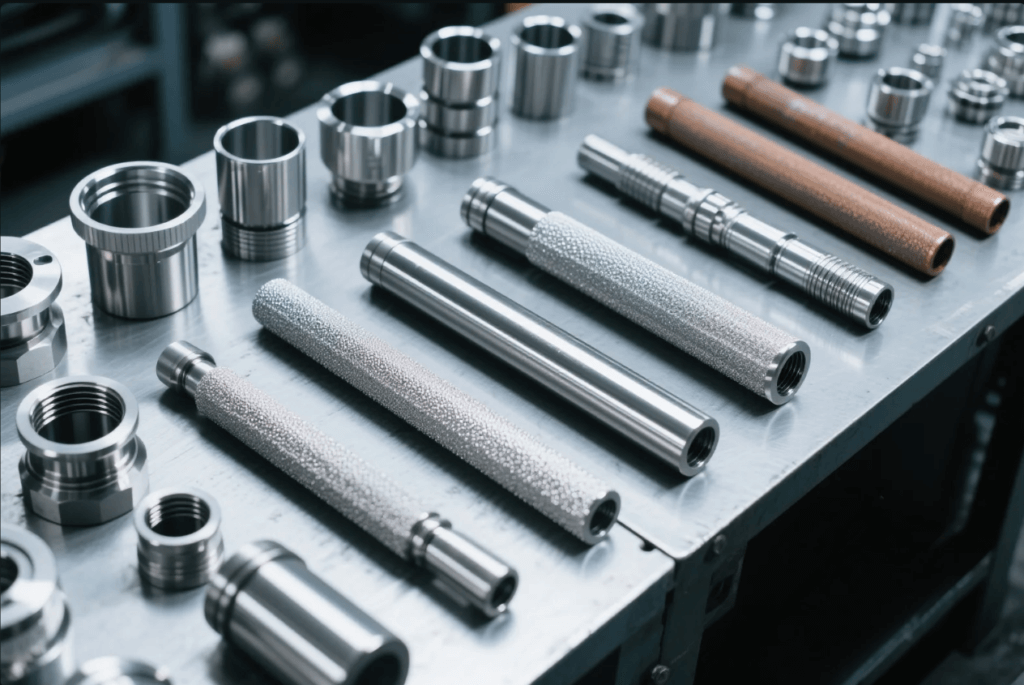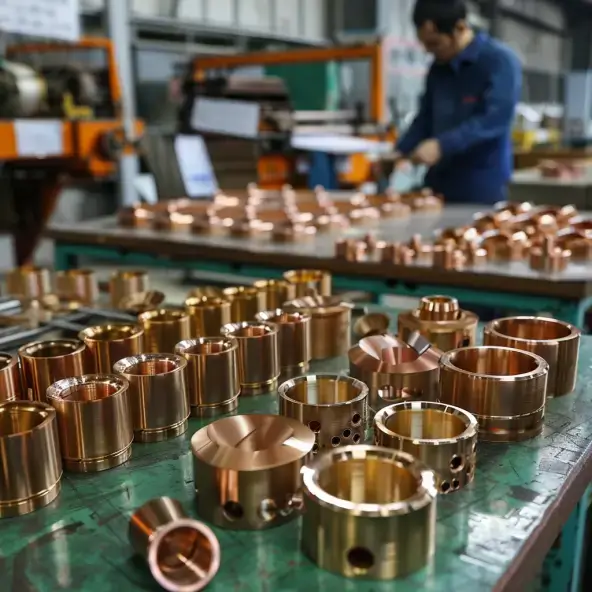8 Key Factors That Determine CNC Machining Costs
The core objective of CNC machining manufacturers is to reduce production costs without compromising quality, especially for complex parts required in industries such as aerospace, medical devices, and automotive. Cost optimization requires a comprehensive consideration of material selection, production methods, and advanced quality control methods. In this article, we will outline cost – optimization strategies for complex CNC machining, as well as how enterprises can use these strategies to effectively manage expenses while maintaining high standards.
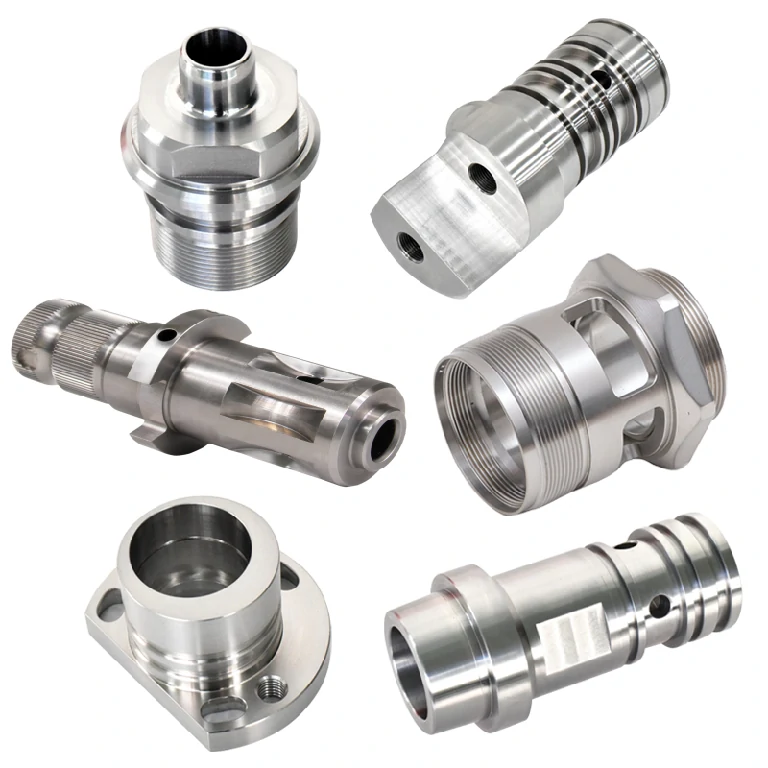
1. Effective Material Selection and Utilization
Choose Easy – to – Machine Materials: Compared to hard and expensive alternatives, materials like aluminum, low – carbon steel, and certain polymers are easier to machine. For parts that do not require extremely high durability, these materials offer cost – effectiveness with faster processing and shorter cycles. They can replace harder materials that would otherwise require frequent maintenance.
Minimize Material Waste: Optimizing material usage is key to cost control. Yixin Precision can lower material costs by designing parts for optimal yield from each raw material block, using CAD software to optimize nesting (part layout to reduce waste), and adjusting strategies as needed.
2. Optimize Tolerances Based on Functionality
Strict tolerances increase costs due to slower machining speeds, specialized tools, and extra quality control. While medical and aerospace components may require tight tolerances, other applications can achieve similar results with moderate tolerances.
Functional Tolerance Selection: Before specifying tight tolerances, carefully consider each part’s functional requirements. Selecting tolerances based on actual performance needs reduces machining costs without compromising quality.
Leverage Industry Standards: Standards like ISO 2768 and ASME Y14.5 provide guidance for reasonable tolerance levels, helping manufacturers meet quality requirements without excessive costs. Compliance ensures parts meet specifications without exceeding budget constraints.
3. Employ Efficient Machining Techniques
The choice of machining technology impacts time and tool wear, thereby affecting overall costs. Companies using efficient machining methods can significantly reduce machining cycles while maintaining precision.
High-Speed Machining (HSM): HSM uses high spindle speeds and shallow cutting depths to shorten cycles. It’s ideal for soft metals like aluminum and certain steel alloys, boosting productivity and reducing tool costs.
Multi – Axis Machining: Compared to single – axis machining, multi – axis machining (such as 5 – axis) reduces setup times and加快 complex geometric shape processing, thereby improving precision and reducing labor and fixture costs. This is particularly important for complex – shaped parts in medical equipment or electronic product manufacturing.
Tool Path Optimization: Strategies like adaptive clearing and trochoidal milling optimize tool load distribution, extending tool life and reducing long-term maintenance costs by minimizing machine wear.
4. Leverage Automation and Smart Technologies
Automation and digital tools streamline production, reduce labor costs, and minimize human – error risks.
Computer – Aided Manufacturing (CAM): CAM software designs optimized tool paths, reducing cycle time and improving precision. It enables precise production of complex parts with minimal human intervention, saving time and labor costs.
Automated Quality Control: Automated inspection processes like CMM or laser scanning provide fast, precise quality checks, helping identify issues early and reducing rework and scrap costs.
Robotic Automation: For mass production, robotic arms and automatic loading/unloading systems enhance efficiency, lower labor costs, and enable continuous machine operation.
5. Enhance Quality Control and Monitoring Systems
Effective quality control is crucial for reducing production costs by limiting rework and waste. Efficient quality assurance processes prevent defects from progressing to later production stages, saving time and resources.
Implement In – Process Quality Monitoring: In – process quality monitoring tools that track temperature, vibration, and other machine variables in real – time can detect potential quality – threatening issues and make instant adjustments to eliminate defects.
Statistical Process Control (SPC): SPC tools enable close supervision of machining processes, ensuring they stay within specified parameters. By detecting deviations early, SPC reduces defects and rework costs while ensuring part – to – part consistency.
6. Strategic Outsourcing and Supplier Partnerships
Strategic outsourcing can reduce costs for certain parts or processes. Collaborating with suppliers who possess specialized equipment and expertise allows companies to lower production costs while meeting quality requirements.
Partner With Experienced Machining Suppliers: By working with experienced machining suppliers, companies can access advanced technologies without expensive internal investments.
Negotiate Volume Pricing: Companies with high – volume production needs can save significantly by negotiating long – term or volume pricing with suppliers. Many suppliers offer discounts for large orders or extended contracts, aiding in the effective management of material and labor costs.
7. Invest in Employee Training and Skill Development
Skilled operators enhance productivity, shorten cycle times, and extend tool life through more efficient equipment use. Investing in employee training improves overall productivity and reduces costly errors requiring rework.
Train Employees on New Technologies: Provide employees with training on the latest CAM software, multi – axis machining technologies, and other advanced methods to boost productivity.
Implement Cross – Training: Cross – train employees to enable operators to perform multiple roles, minimizing downtime due to absenteeism and ensuring uninterrupted production.
8. Regular Machine Maintenance and Care
Proper maintenance prolongs equipment life and minimizes unexpected failures that can cause downtime and increased repair costs.
Preventive Maintenance Programs: Implement preventive maintenance programs that include regular lubrication, cleaning, and calibration of CNC equipment.
Monitor Tool Wear: Regularly check for signs of tool wear and replace tools when necessary. Proper tool maintenance improves surface finish and dimensional accuracy, reducing rework and enhancing efficiency.
Conclusion: Optimizing Costs for Complex CNC Machining Services
Yixin Chuangyan Precision effectively manages production costs by selecting the right materials, optimizing tolerances, investing in technology and training, and implementing strategic outsourcing, quality control, and preventive maintenance. These strategies not only cut costs but also enhance overall productivity and product quality, benefiting both manufacturers and customers. Outsourcing, quality control, and preventive maintenance further boost efficiency, helping maintain competitiveness in an increasingly demanding market.


